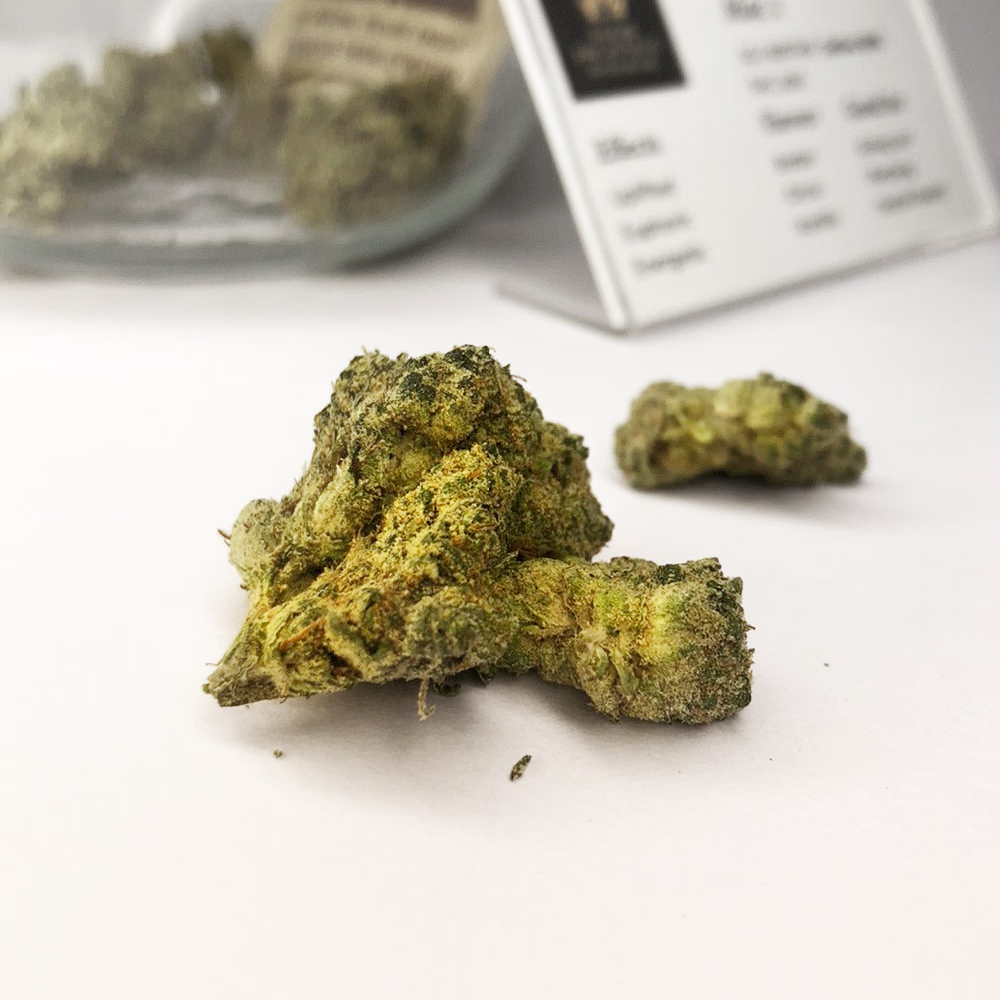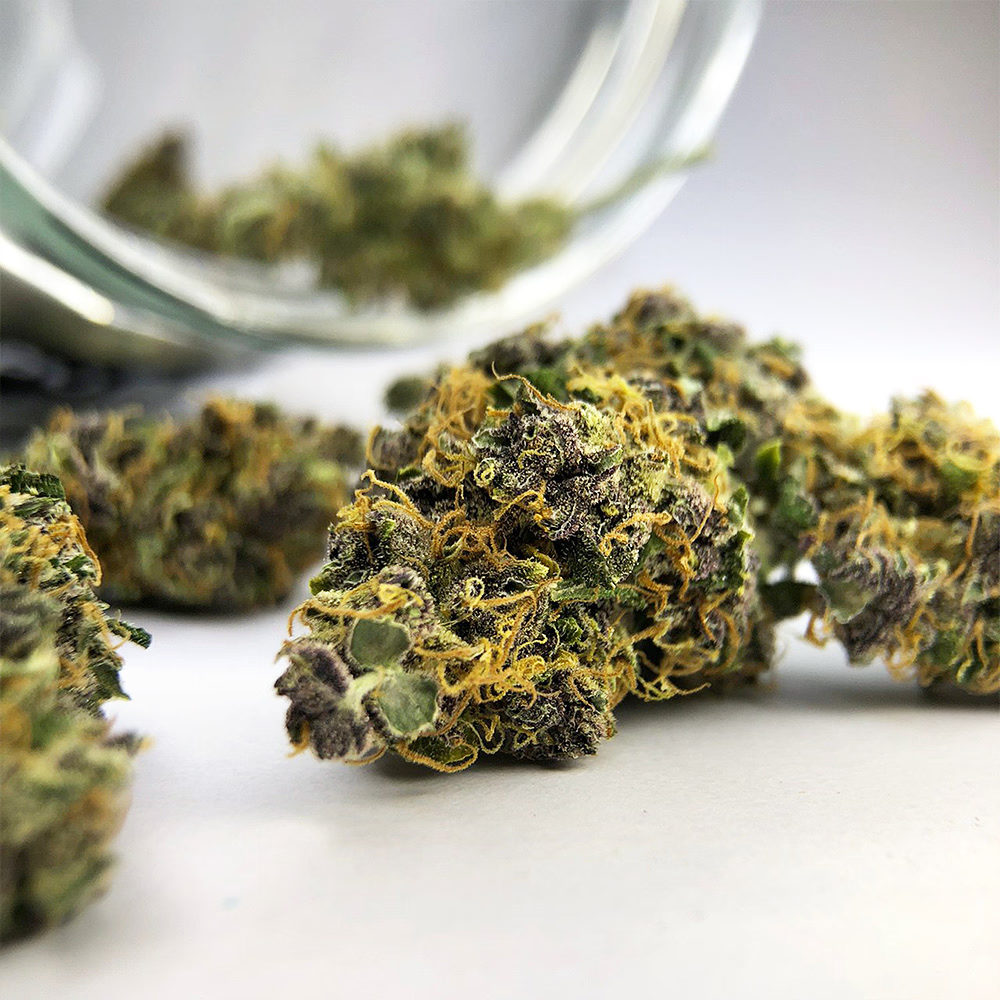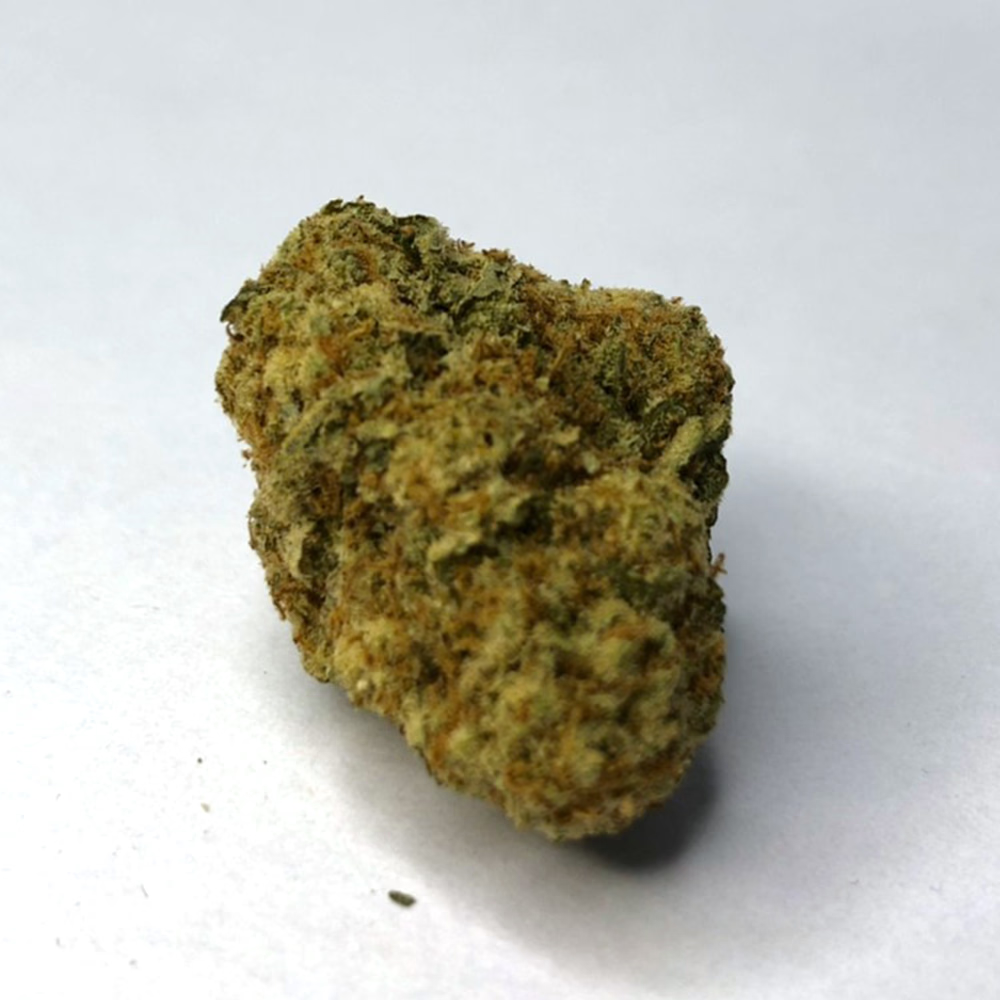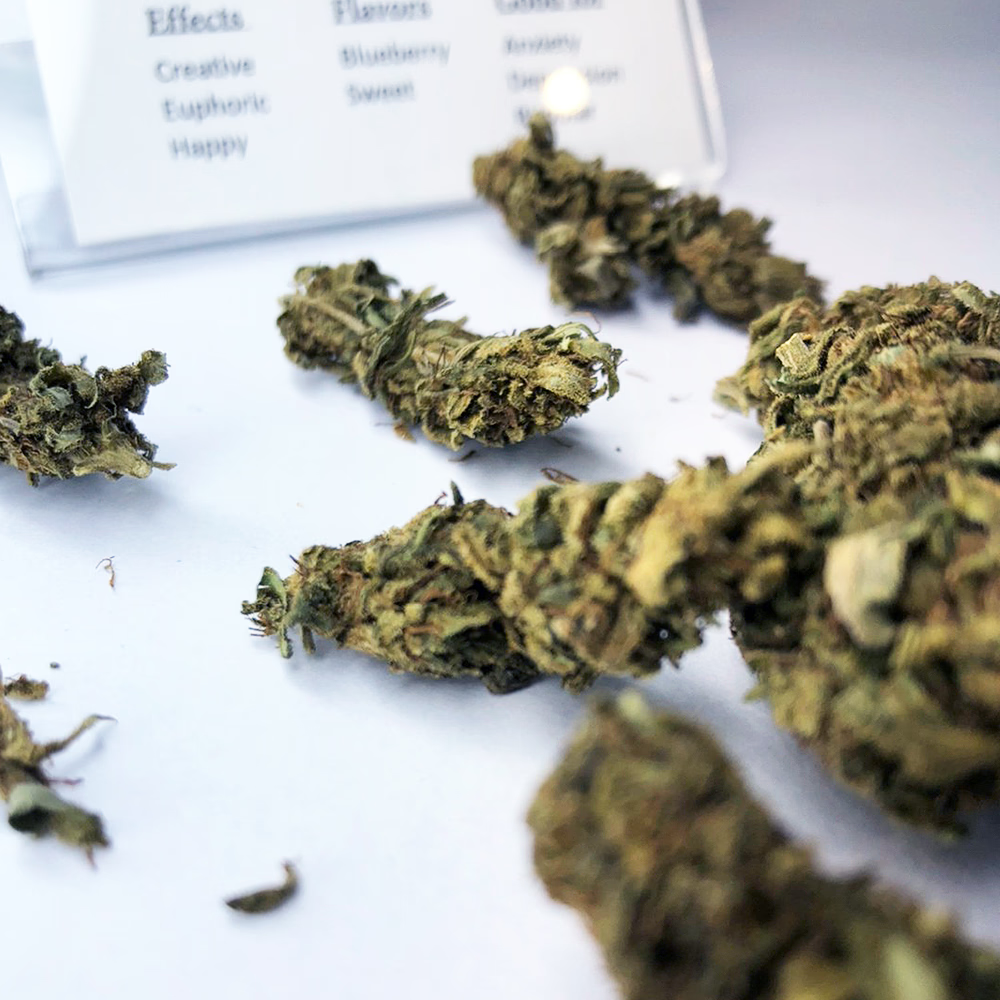Hydroponics Cannabis Growing
Hydroponics Cannabis Growing Guide
How to Grow Cannabis with Hydroponic. Cannabis is being grown using a rising number of hydroponic systems. It uses nutrient-rich water solution rather than soil to grow plants and can be used to grow a broad range of plants, including cannabis.
Hydroponics has many benefits compared to traditional soil-based growing techniques, including higher yields, quicker development rates, and fewer pest issues. To help you begin your exploration of hydroponic gardening, we'll go over the fundamentals of hydroponic cannabis growing in this guide.
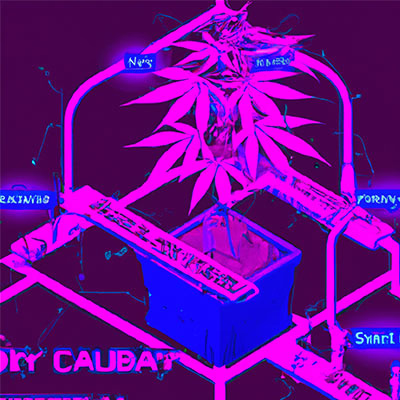
What exactly is hydroponically grown cannabis
Cannabis is now being grown using a technique that has existed for millennia. Cannabis grown hydroponically is a form of gardening where plants are grown without soil and in water-based mineral nutrient solutions instead.
To supply the essential nutrients required for healthy plant development, hydroponic systems use a variety of techniques such as aeroponics (air and mist), deep water culture (submerged roots), dripper systems, ebb and flow (flooding and draining), or wick systems.
Because it has many benefits over conventional growing techniques, the hydroponic system is becoming more and more popular among growers of marijuana for both recreational and medical purposes.
First, because the roots of plants grown hydroponically are not constrained by the physical properties of soil or other mediums, hydroponic cultivation requires less room than soil-based cultivation.
Additionally, since the nutrients are delivered to the root zone via a liquid solution, fertilizers are not required—which can be labor-intensive and untidy. Furthermore, since plants produced hydroponically don't need soil, they are typically less vulnerable to diseases from insects, fungi, or bacteria found in soils rich in organic matter.
Additionally, the yields developed more quickly because the nutrition levels used in this technique were more precisely balanced than those offered by soil-based cultivation.
However, there are some drawbacks to this method of growing marijuana as well. For example, you may have higher start-up costs because you'll need to buy various setup components like pumps, pipes, and tanks, as well as pH testers to check the levels of acidity and alkalinity in your nutrient solution.
In addition, mistakes made during setup can result in expensive repairs or replacements if done incorrectly, which could be problematic if you're starting on a tight budget. Additionally, care must be taken when maintaining your hydroponic garden because it requires regular attention instead of soil-based gardens, where little supervision is needed once correctly planted.
Last but not least, do extensive research before deciding to set up a hydro system because it's crucial to comprehend all the factors involved before investing time and money into anything new, mainly when dealing with something potentially dangerous like electricity and water.
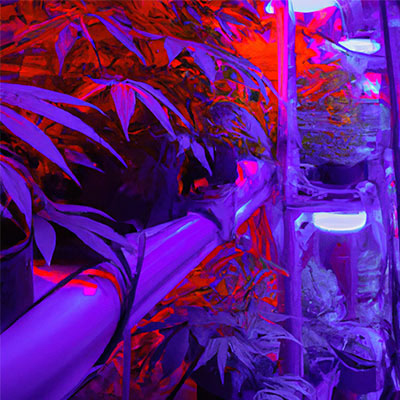
Benefits of Indoor Hydroponic Cannabis Growing
Cannabis can be grown indoors in a very effective manner using hydroponics. It has many benefits over conventional soil-based cultivation and is becoming increasingly common among commercial and home growers. Some advantages of producing cannabis indoors using hydroponics are listed below:
Hydroponics systems give plants the necessary nutrients to grow quickly and effectively. This is great for people who want to get the most out of their harvest because it lets you grow more in less time than traditional soil-based methods.
More Nutrients & Flavor Cannabis plants grown in hydroponic systems have access to more nutrients than plants grown in soil because everything is supplied directly through the nutrient solution fed into the system, eliminating the need for natural fertility sources like worms or composting matter.
Your buds will be flavorful and have higher concentrations of healthy substances like terpenes and cannabinoids than those produced in soil alone.
Easier Maintenance Hydroponic systems are much easier to keep than conventional soil gardens due to their self-contained nature. All you have to do is ensure the nutrient solutions are always complete and check the pH levels occasionally to ensure they stay in the proper ranges.
As bugs or other animals are less likely to get into your crop, this also decreases pest infestations, making it hassle-free.
Consistent Quality & Yields: Hydroponics systems consistently supply nutrients throughout each development cycle; this helps guarantee uniformity across each plant, resulting in consistently high-quality buds each time - ideal for large-scale production.
This can also increase yield compared to traditional methods because you have much more control over temperature and humidity levels.
Potential for Space Savings Compared to traditional farming methods, indoor hydroponic cultivation is incredibly space efficient because of its vertical design, allowing you to fit an entire crop in a small space. If you're short on space, this might be your best option.
Selecting the Right Equipment for Hydroponic Cannabis Growing
Cannabis grown hydroponically at home is becoming more common because it produces larger and faster-growing crops. But it would be best to have the appropriate tools to achieve the best outcomes. Here's a list of supplies you'll need to help you figure out what you'll need to grow cannabis hydroponically:
Grow Tent: A grow tent is a covered area for the best possible plant development. In addition to keeping light from leaking out and creating a controlled atmosphere ideal for hydroponic cannabis cultivation, it also aids in protecting your plants from pests.
Lighting System: Plants need adequate lighting to photosynthesize and create potent buds correctly. Your options are LED, fluorescent, and high-intensity discharge lamps (HID). Ensure the lighting system you choose has the proper spectrum and intensity level for cannabis cultivation.
The nutrient reservoir is where the solution will be kept while the plants are not utilizing it during their growth period. To avoid having to continuously refill it with new water or mix fresh nutrients every time, look for one that can hold enough water to last a few weeks.
Air Pumps and Air Stones: Hydroponics systems depend on oxygenated nutrient solutions, accomplished by air pumps and air stones in the reservoir tank; these items enable more oxygen into the solution, which helps promote healthier root growth and better yields overall.
Digital pH meters allow you to easily monitor this aspect without buying pricey test kits every few days. The pH level of your nutrient solution must stay within specific parameters so that your plants can adequately absorb all of their essential nutrients.
Since hydroponics depends on suspending roots in the air rather than soil, some support system must be in place; trellises, strings, or clips are frequently used as they help hold up stems while keeping foliage out of direct contact with water or other liquids inside the reservoir tank.
There won't be any surprises when it's time for flowering or harvest after months of meticulously tending your crop if you use a timer to precisely control when lights turn on or off during various stages of development!
Water Pump: A dependable pump ensures that nutrient solutions consistently circulate throughout all system parts. This prevents areas from starving out due to too low levels, which would otherwise result in uneven plant development and poor quality yields.
TDS/EC Meter: Lastly, measuring electrical conductivity (EC) and total dissolved solids (TDS) inside reservoirs gives insight into how much salts are present within nutrients - crucial when managing optimal feeding regimens since too much salt build-up can directly lead to stunted growth and diminished potency.
The Basics of Setting Up a Hydroponics System.
Cannabis can be grown successfully indoors using hydroponic systems, which optimize yields. Hydroponics is a better way to grow cannabis than traditional soil-based growing because you can control the environment for your plants and get better-quality cannabis faster.
Understanding the fundamentals of setting up a hydroponic system is essential, whether starting in hydroponics or seeking to expand an existing system.
Before beginning, understanding what kind of hydroponic system would work best for your requirements is essential. In addition to nutrient film technique (NFT), deep water culture (DWC), ebb and flow/flood and drain systems, and aeroponics, numerous other systems are on the market.
Each variety has pros and cons depending on the amount of room you have available, your budget, and the desired yield size. It will be easier to get the ideal setup for your needs if you take the time to thoroughly study each option before making a purchase.
It's time to assemble all the elements needed for effective development after selecting a system: nutrients, pH adjusters, rock wool cubes or other growing mediums, lighting fixtures, timers, fans, or air stones for oxygenation if necessary. Another essential thing to consider is how much energy your setup will use. It could significantly affect your power bill if you don't think about this.
The next step is to select the containers that will hold plant roots in place while they absorb nutrients from the water solution below them. These containers can vary from buckets with holes drilled into them to specialized trays for hydroponics setups; whatever suits your needs is OK.
When ready, place each plant in its rock wool cube or other growing medium. Then, fill pots, trays, or buckets with a nutrient solution so the plants can absorb the necessary minerals.
Remember that regular MaintenanceMaintenance, such as changing out solutions every few weeks, will be necessary to keep things operating smoothly over time. Turning on the lights and pumps should finally mark the completion of the assembly process.
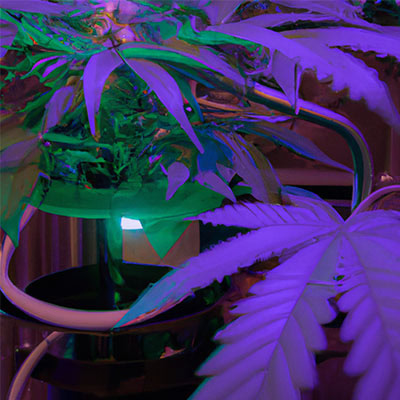
Different Types of Nutrients for Your Plants
The techniques and supplies used to grow plants change along with the cannabis business. To maximize their crop, growers can now choose from a wide range of options rather than depending solely on soil, water, and sunlight.
Utilizing nutrients specially created for cannabis plants is one of these choices.
The two main categories of nutrients are macronutrients and micronutrients. The nutrients required in significant quantities for plant growth are known as macronutrients. They consist of potassium, phosphate, and nitrogen (K).
Contrarily, trace elements known as micronutrients are essential for plants but only require small quantities. Micronutrients include things like calcium, selenium, magnesium, and iron, to name a few.
Cannabis plants need a balanced diet of macronutrients and micronutrients in various forms, such as liquid or powder that can be added directly into the growing medium or mixed with water for foliar feeding to develop as well as possible (sprayed directly onto the foliage).
There is no one nutritional formula for cannabis because different strains may need different amounts of certain nutrients based on their needs and environmental factors like temperature and humidity levels during cultivation. So, if you want to use any nutrient product on your crop, it's always best to ask an expert or follow the directions on the package.
There are many different kinds of nutrient products on the market today, ranging from natural organic fertilizers like composted manure or fish meal to artificial mineral salts like calcium nitrate or potassium sulfate that offer more precise control over nutrient levels in situations where accuracy is required, like hydroponic systems where there is no soil at all.
For your plants to effectively absorb the nutrients they need from their food source, regardless of whether you're using organic or synthetic nutrients, it's imperative that you maintain consistent dosing throughout each stage of growth and regularly monitor pH levels. Too much acidity will block absorption, while alkalinity will encourage greater uptake, so finding the right balance is crucial.
In addition to the traditional nutrient products, newer technologies are also being developed, such as probiotic microbes that assist in breaking down complex compounds into simpler forms, so they are easier for roots to absorb; silicon-based additives that increase photosynthesis efficiency allowing plants to access more energy from light sources; enzymes that accelerate chemical reactions within cells, so they work more efficiently; and hormones that regulate cell development.
